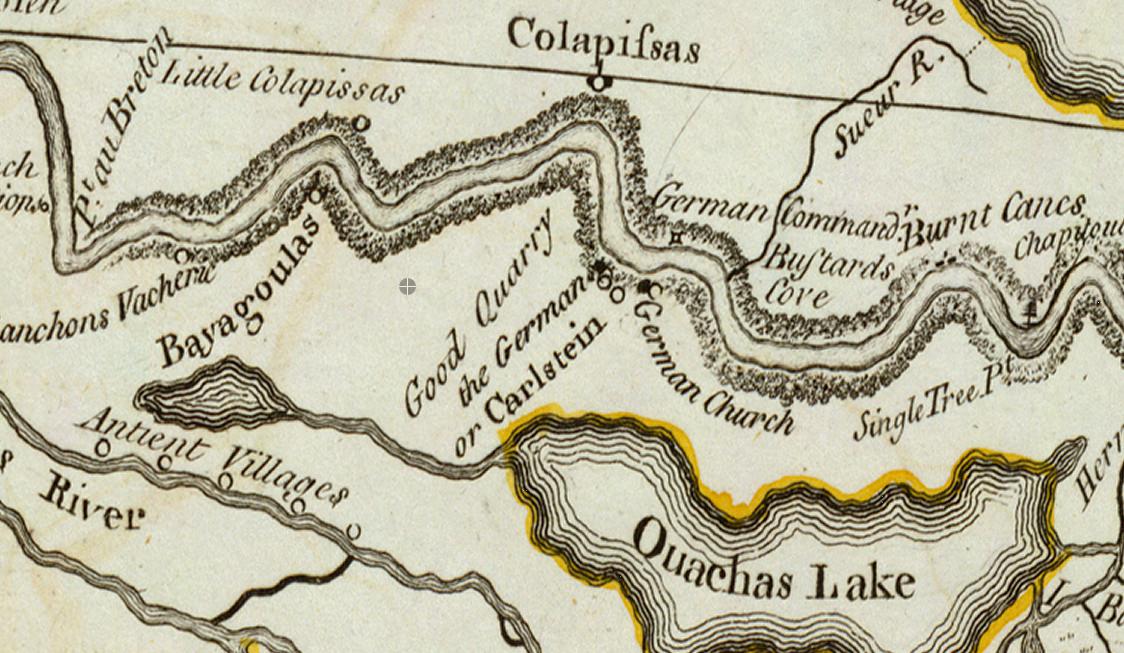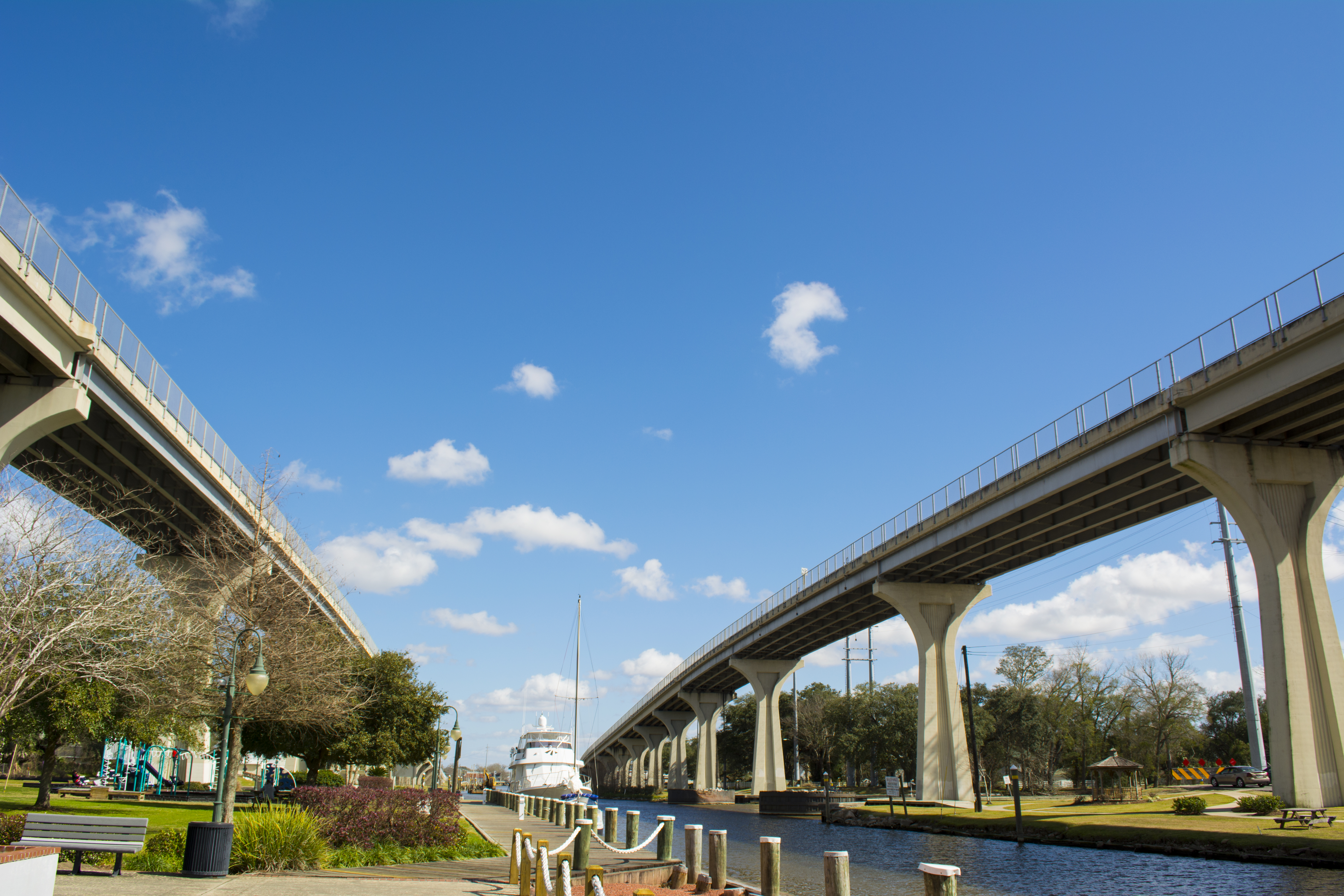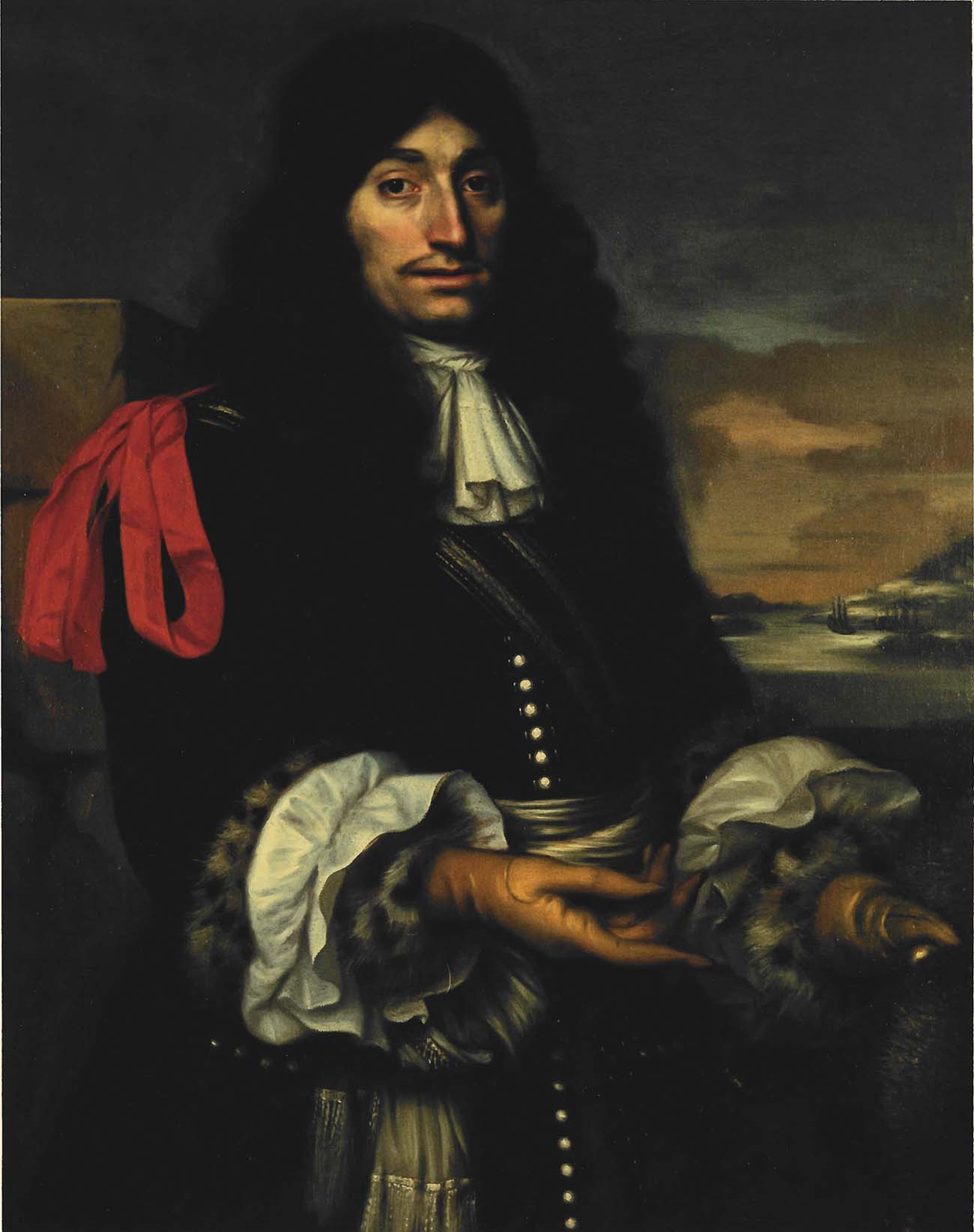|
Des Allemands, Louisiana
Des Allemands is an unincorporated community and census-designated place (CDP) in Lafourche and St. Charles parishes in the southeastern part of the U.S. state of Louisiana. The population was 2,179 at the 2020 census. The town, known as the "Catfish Capital of the Universe", is along the Bayou des Allemands, which is the boundary of Lafourche and St. Charles parishes. Lac des Allemands is located northwest of the town. The ZIP code for Des Allemands is 70030. The St. Charles Parish portion of Des Allemands is part of the New Orleans metropolitan statistical area, while the Lafourche Parish portion is part of the Houma– Bayou Cane–Thibodaux metropolitan statistical area. History In 1721, John Law and the Company of the Indies settled Germans along the Mississippi River, north of Ouachas Lake. The area of the Germans was called ''les Allemands'' (the Germans) or ''Karlstein''. The German Coast was in present-day St. Charles & St. John the Baptist Parishes. ' ... [...More Info...] [...Related Items...] OR: [Wikipedia] [Google] [Baidu] |
Census-designated Place
A census-designated place (CDP) is a concentration of population defined by the United States Census Bureau for statistical purposes only. CDPs have been used in each decennial census since 1980 as the counterparts of incorporated places, such as self-governing cities, towns, and villages, for the purposes of gathering and correlating statistical data. CDPs are populated areas that generally include one officially designated but currently unincorporated community, for which the CDP is named, plus surrounding inhabited countryside of varying dimensions and, occasionally, other, smaller unincorporated communities as well. CDPs include small rural communities, edge cities, colonias located along the Mexico–United States border, and unincorporated resort and retirement communities and their environs. The boundaries of any CDP may change from decade to decade, and the Census Bureau may de-establish a CDP after a period of study, then re-establish it some decades later. Most unin ... [...More Info...] [...Related Items...] OR: [Wikipedia] [Google] [Baidu] |
Houma, Louisiana
Houma ( ) is the largest city in, and the parish seat of, Terrebonne Parish in the U.S. state of Louisiana. It is also the largest principal city of the Houma– Bayou Cane–Thibodaux metropolitan statistical area. The city's government was absorbed by the parish in 1984, which currently operates as the Terrebonne Parish Consolidated Government. The population was 33,727 at the 2010 census, an increase of 1,334 over the 2000 census tabulation of 32,393. In 2020, the population estimates program determined 32,467 people lived in the city. At the 2020 census, its population rebounded to 33,406. Many unincorporated areas are adjacent to the city of Houma. The largest, Bayou Cane, is an urbanized area commonly referred to by locals as being part of Houma, but it is not included in the city's census counts, and is a separate census-designated place. If the populations of the urbanized census-designated places were included with that of the city of Houma, the total would ... [...More Info...] [...Related Items...] OR: [Wikipedia] [Google] [Baidu] |
Native Americans In The United States
Native Americans, also known as American Indians, First Americans, Indigenous Americans, and other terms, are the Indigenous peoples of the mainland United States ( Indigenous peoples of Hawaii, Alaska and territories of the United States are generally known by other terms). There are 574 federally recognized tribes living within the US, about half of which are associated with Indian reservations. As defined by the United States Census, "Native Americans" are Indigenous tribes that are originally from the contiguous United States, along with Alaska Natives. Indigenous peoples of the United States who are not listed as American Indian or Alaska Native include Native Hawaiians, Samoan Americans, and the Chamorro people. The US Census groups these peoples as " Native Hawaiian and other Pacific Islanders". European colonization of the Americas, which began in 1492, resulted in a precipitous decline in Native American population because of new diseases, wars, ethni ... [...More Info...] [...Related Items...] OR: [Wikipedia] [Google] [Baidu] |
Arkansas Post
The Arkansas Post (french: Poste de Arkansea) (Spanish: ''Puesto de Arkansas''), formally the Arkansas Post National Memorial, was the first European settlement in the Mississippi Alluvial Plain and present-day U.S. state of Arkansas. In 1686, Henri de Tonti established it on behalf of Louis XIV of France for the purpose of trading with the Quapaw Nation. The French, Spanish, and Americans, who acquired the territory in 1803 with the Louisiana Purchase, considered the site of strategic value. It was the capital of Arkansas from 1819 until 1821 when the territorial government relocated to Little Rock. During the fur trade years, Arkansas Post was protected by a series of fortifications. The forts and associated settlements were located at three known sites and possibly a fourth. Some of the historic structures have been lost as the waterfront has been subject to erosion and flooding. The land encompassing the second (and fourth) Arkansas Post site (Red Bluff) was designated a ... [...More Info...] [...Related Items...] OR: [Wikipedia] [Google] [Baidu] |
Mississippi River
The Mississippi River is the second-longest river and chief river of the second-largest drainage system in North America, second only to the Hudson Bay drainage system. From its traditional source of Lake Itasca in northern Minnesota, it flows generally south for to the Mississippi River Delta in the Gulf of Mexico. With its many tributaries, the Mississippi's watershed drains all or parts of 32 U.S. states and two Canadian provinces between the Rocky and Appalachian mountains. The main stem is entirely within the United States; the total drainage basin is , of which only about one percent is in Canada. The Mississippi ranks as the thirteenth-largest river by discharge in the world. The river either borders or passes through the states of Minnesota, Wisconsin, Iowa, Illinois, Missouri, Kentucky, Tennessee, Arkansas, Mississippi, and Louisiana. Native Americans have lived along the Mississippi River and its tributaries for thousands of years. Most were hunter-ga ... [...More Info...] [...Related Items...] OR: [Wikipedia] [Google] [Baidu] |
French Language
French ( or ) is a Romance language of the Indo-European family. It descended from the Vulgar Latin of the Roman Empire, as did all Romance languages. French evolved from Gallo-Romance, the Latin spoken in Gaul, and more specifically in Northern Gaul. Its closest relatives are the other langues d'oïl—languages historically spoken in northern France and in southern Belgium, which French ( Francien) largely supplanted. French was also influenced by native Celtic languages of Northern Roman Gaul like Gallia Belgica and by the ( Germanic) Frankish language of the post-Roman Frankish invaders. Today, owing to France's past overseas expansion, there are numerous French-based creole languages, most notably Haitian Creole. A French-speaking person or nation may be referred to as Francophone in both English and French. French is an official language in 29 countries across multiple continents, most of which are members of the ''Organisation internationale de la Francophonie'' ... [...More Info...] [...Related Items...] OR: [Wikipedia] [Google] [Baidu] |
Lake Salvador
Lake Salvador (french: Lac Salvador) is a lake about southwest of New Orleans, Louisiana, in Jefferson, Lafourche, and St. Charles parishes. The lake has had multiple names. On the d'Anville map of 1732, the lake was Lac des Ounchas. The Darby map of 1816 lists the lake as Ouacha Lake and other times it was spelled Ouachas Lake. Finally, on the Cram map of 1916, the lake was both Lake Ouache and Salvador. Lake Salvador is a shallow lake, with an average depth of about . It is mostly at sea level and measures about long and wide. The lake is fed by Bayou Des Allemands then flows into the Gulf of Mexico. Lake Salvador is surrounded by swamp and offer a habitat for catfish, bass, and red drum. Young bull sharks have been known to prefer low-salinity or brackish water, and in 2015 one was found in the lake. A Louisiana Department of Wildlife and Fisheries Marine Fisheries Biologist stated that bull sharks are one of the more aggressive shark species worldwide. Biologist manager ... [...More Info...] [...Related Items...] OR: [Wikipedia] [Google] [Baidu] |
German Immigration To The United States
German Americans (german: Deutschamerikaner, ) are Americans who have full or partial German ancestry. With an estimated size of approximately 43 million in 2019, German Americans are the largest of the self-reported ancestry groups by the United States Census Bureau in its American Community Survey. German Americans account for about one third of the total population of people of German ancestry in the world. Very few of the German states had colonies in the new world. In the 1670s, the first significant groups of German immigrants arrived in the British colonies, settling primarily in Pennsylvania, New York and Virginia. The Mississippi Company of France moved thousands of Germans from Europe to Louisiana and to the German Coast, Orleans Territory between 1718 and 1750. Immigration ramped up sharply during the 19th century. There is a "German belt" that extends all the way across the United States, from eastern Pennsylvania to the Oregon coast. Pennsylvania, with 3.5 million ... [...More Info...] [...Related Items...] OR: [Wikipedia] [Google] [Baidu] |
Mississippi Company
The Mississippi Company (french: Compagnie du Mississippi; founded 1684, named the Company of the West from 1717, and the Company of the Indies from 1719) was a corporation holding a business monopoly in French colonies in North America and the West Indies. In 1717, the Mississippi Company received a royal grant with exclusive trading rights for 25 years. The rise and fall of the company is connected with the activities of the Scottish financier and economist John Law (economist), John Law who was then the Controller General of Finances of France. When the speculation in French financial circles, and the land development in the region became frenzied and detached from economic reality, the Mississippi bubble became one of the earliest examples of an economic bubble. History The ''Compagnie du Mississippi'' was originally chartered in 1684 by the request of René-Robert Cavelier, Sieur de La Salle, Renee-Robert Cavelier (La Salle) who sailed in that year from France with a la ... [...More Info...] [...Related Items...] OR: [Wikipedia] [Google] [Baidu] |
John Law (economist)
John Law (pronounced in French in the traditional approximation of ''Laws'', the colloquial Scottish form of the name; 21 April 1671 – 21 March 1729) was a Scottish economist who distinguished money, a means of Financial transaction, exchange, from national wealth dependent on trade. He served as Controller General of Finances under the Philippe II, Duke of Orléans, Duke of Orleans, who was regent for the juvenile Louis XV of France. In 1716, Law set up a private Banque Générale in France. A year later it was nationalised at his request and renamed as Banque Royale. The private bank had been funded mainly by John Law and Louis XV; three-quarters of its capital (economics), capital consisted of government bills and government-accepted notes, effectively making it the nation's first central bank. Backed only partially by silver, it was a Fractional-reserve banking, fractional reserve bank. Law also set up and directed the Mississippi Scheme, Mississippi Company, funded by the ... [...More Info...] [...Related Items...] OR: [Wikipedia] [Google] [Baidu] |
Bayou Des Allemands 2003
In usage in the Southern United States, a bayou () is a body of water typically found in a flat, low-lying area. It may refer to an extremely slow-moving stream, river (often with a poorly defined shoreline), marshy lake, wetland, or creek. They typically contain brackish water highly conducive to fish life and plankton. Bayous are commonly found in the Gulf Coast region of the southern United States, especially in the Mississippi River Delta, though they also exist elsewhere. A bayou is often an anabranch or minor braid of a braided channel that is slower than the mainstem, often becoming boggy and stagnant. Though fauna varies by region, many bayous are home to crawfish, certain species of shrimp, other shellfish, catfish, frogs, toads, salamanders, newts, American alligators, American crocodiles, herons, lizards, turtles, tortoises, spoonbills, snakes, and leeches, as well as many other species. Etymology The word entered American English via Louisiana French in Louisiana and ... [...More Info...] [...Related Items...] OR: [Wikipedia] [Google] [Baidu] |








